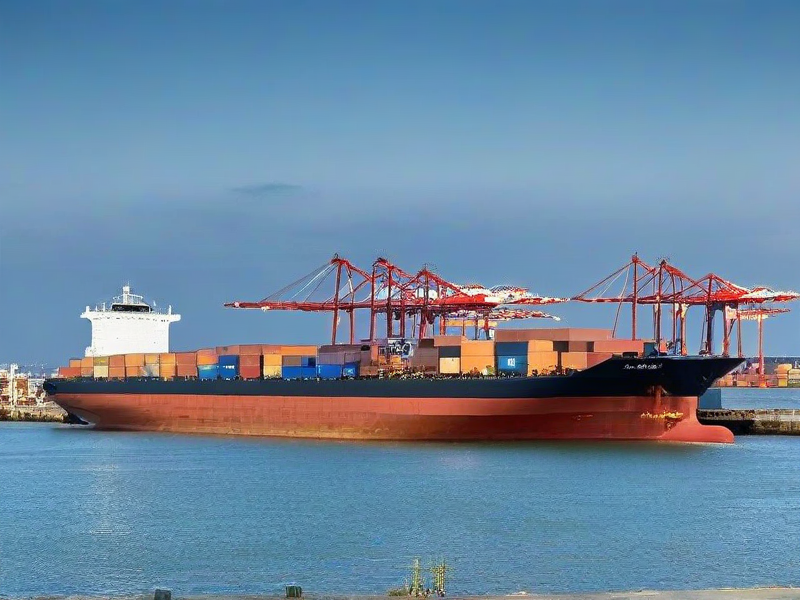In the context of globalization, cross-border logistics has become increasingly important, especially for trade hubs like Singapore. As an Asian logistics center, Singapore’s cross-border logistics system is becoming more sophisticated, providing vast development opportunities for businesses. This article explores the current status and future trends of cross-border logistics in Singapore, focusing on two main logistics methods: sea freight parcels and cross-border express delivery.

The cross-border logistics market in Singapore is currently diverse and highly competitive. In terms of sea freight parcels, many cross-border logistics companies offer fast and reliable sea freight services, making it easy for overseas businesses to deliver goods to Singapore. Sea freight parcels are not only relatively inexpensive but also meet the transportation needs of most small goods, making them widely favored.

On the other hand, cross-border express delivery companies also play a crucial role in Singapore’s cross-border logistics market. These companies typically provide fast and secure international courier services, delivering goods to their destinations in a short period. For some urgent goods, choosing cross-border express delivery can significantly shorten the delivery cycle and improve customer satisfaction.

When choosing between sea freight parcels and cross-border express delivery, businesses need to weigh their actual situations. If the goods are large in size but do not require fast transportation, sea freight parcels may be a more economical and practical choice. However, if the goods are urgent or require fast delivery, cross-border express delivery may be more suitable.

In conclusion, Singapore’s cross-border logistics market is developing rapidly, offering a wide range of choices for businesses. Both sea freight parcels and cross-border express delivery have their unique advantages and applicable scenarios. Businesses can choose the most suitable logistics method according to their needs to improve transportation efficiency, reduce transportation costs, and gain a greater competitive advantage.

 alt=""
alt="" 


 Logistics line quotation
Logistics line quotation Cross-border express order
Cross-border express order 24 hours online customer service
24 hours online customer service Huixiang Cross-border Logistics all rights reserved
Huixiang Cross-border Logistics all rights reserved 






